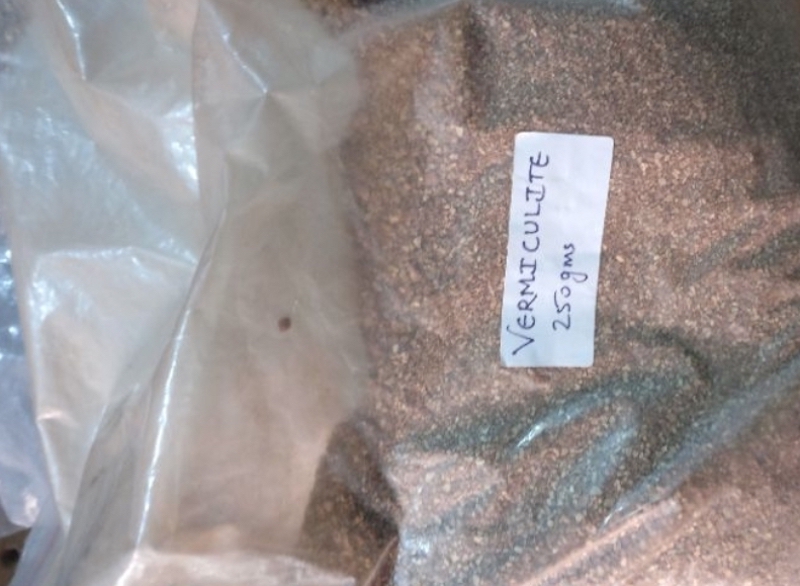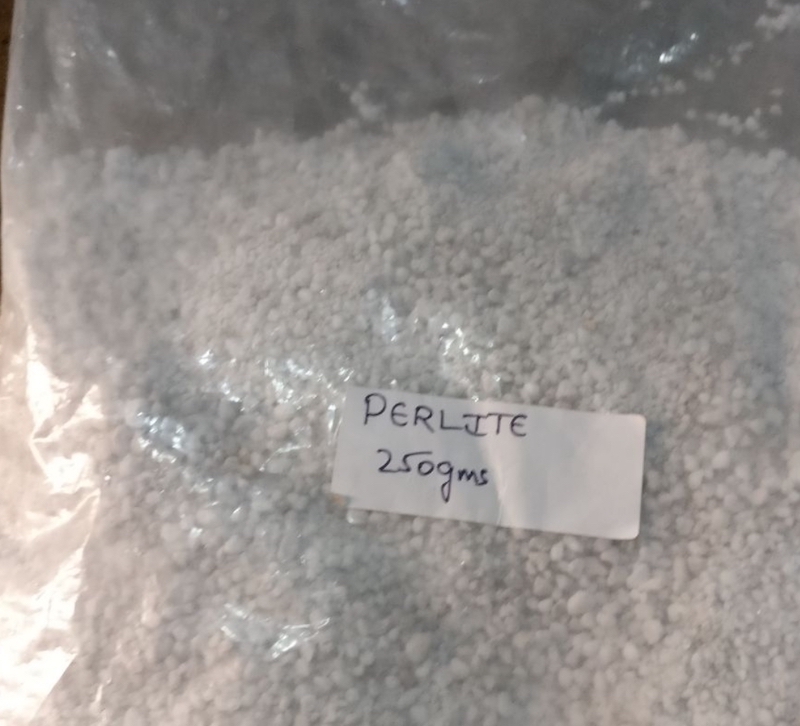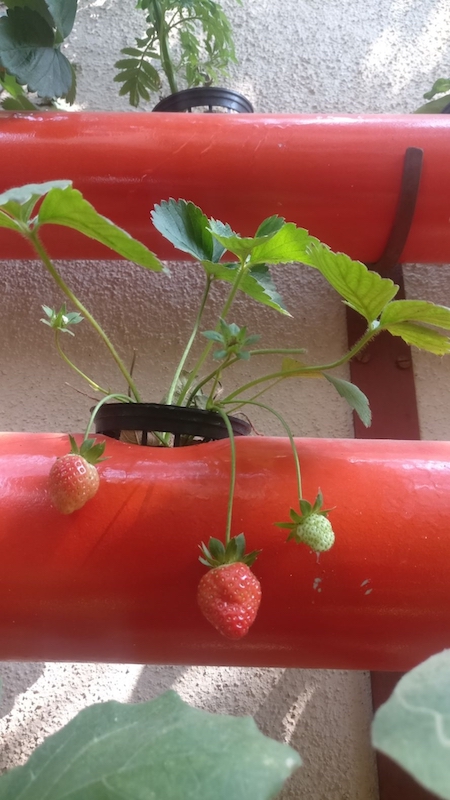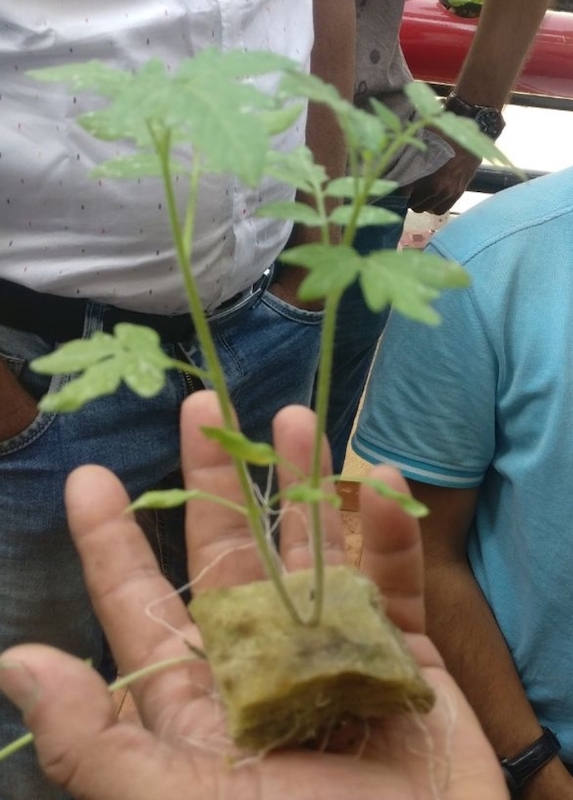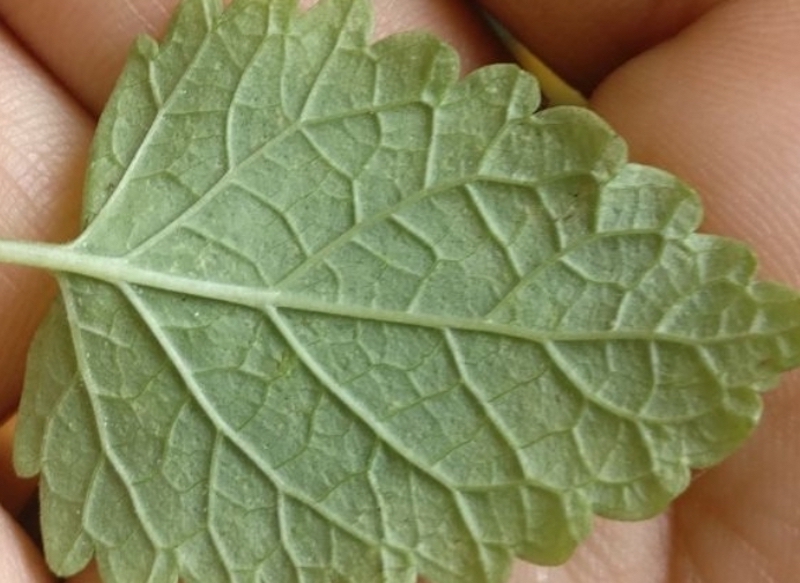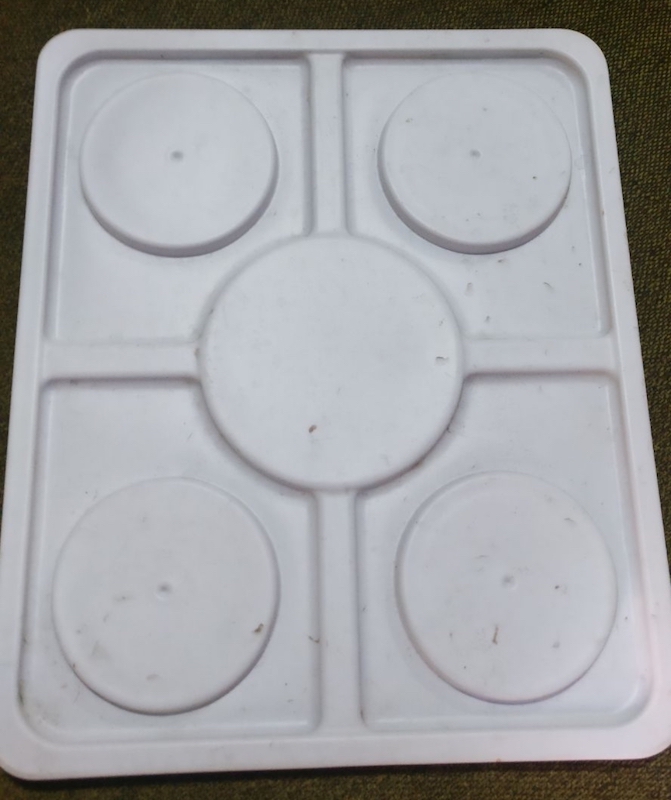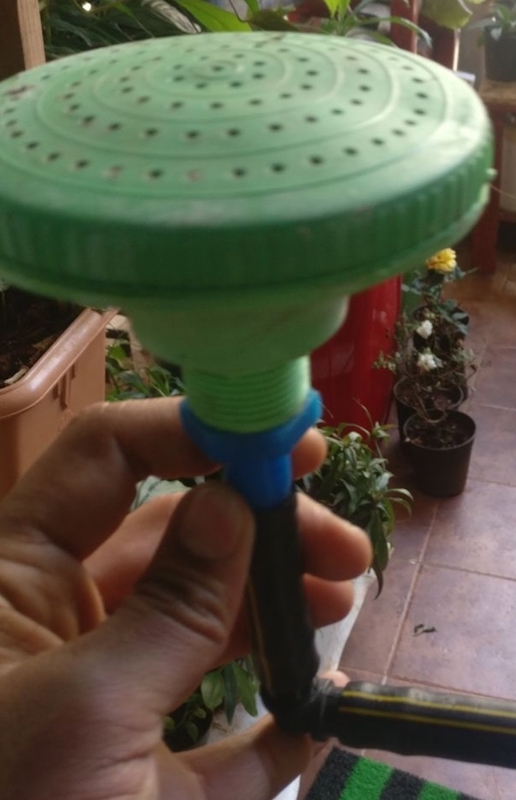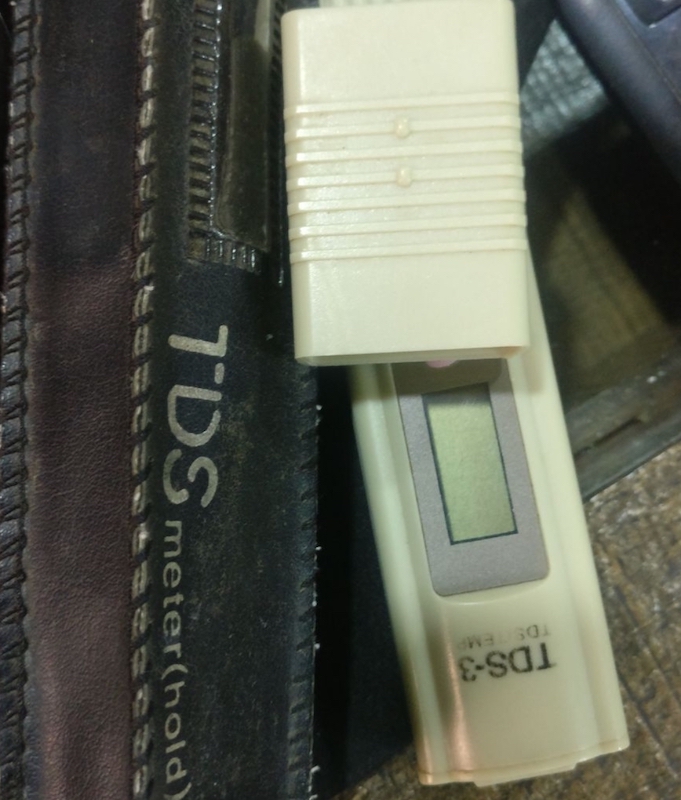I had been reading about farming without soil and advanced farming techniques but a [recent article on NatGeo](https://www.nationalgeo graphic.com/magazine/2017/09/holland-agriculture-sustainable-farming/) really piqued my interest.
I was then lucky to know about a day long workshop on Hydroponics being conducted by someone who was practicing it at home. This post is my notes from the workshop. Please bear with incomplete senteces etc - as these are rough notes.
Hydroponics
Hydroponics is growing plants purely with water & without soil.
A friend has 1000+ healthy plants growing in a small terrace of 400 sq feet!
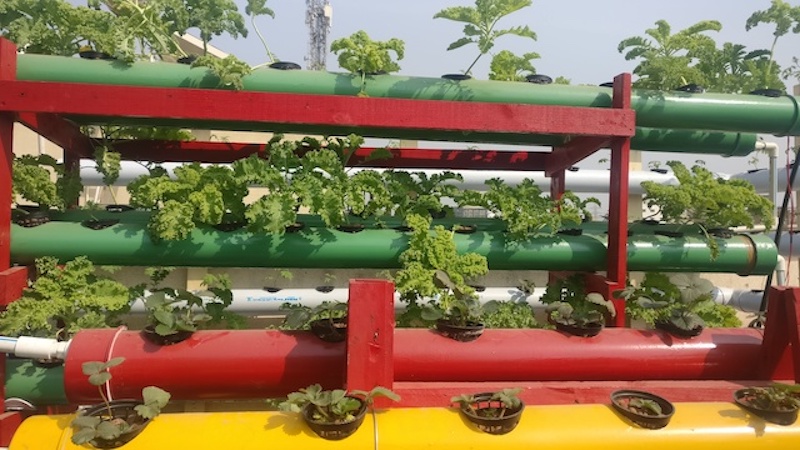
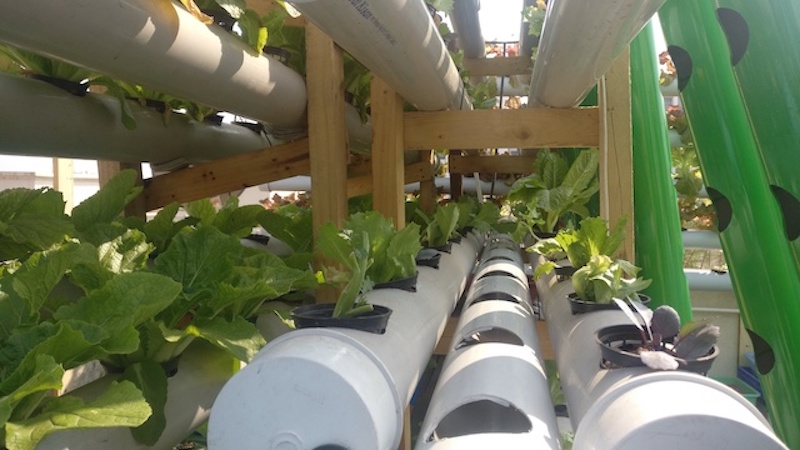
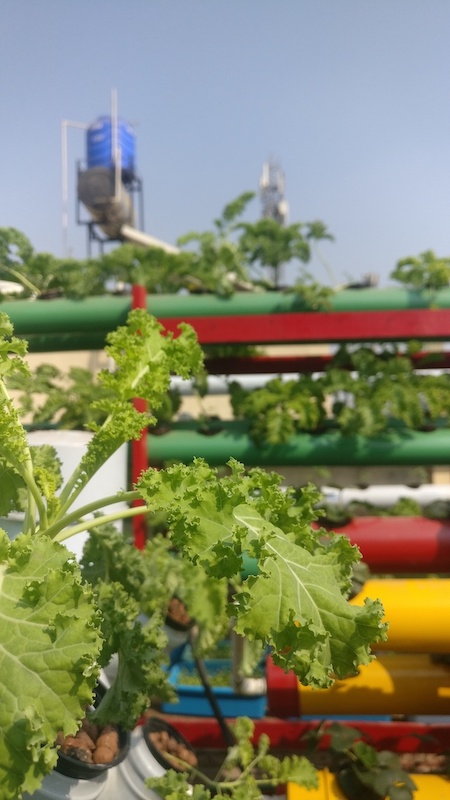
The friend also had Strawberry growing on the plants
I also started a pilot project based on workshop and I have intial sproutes - let’s see how this goes.
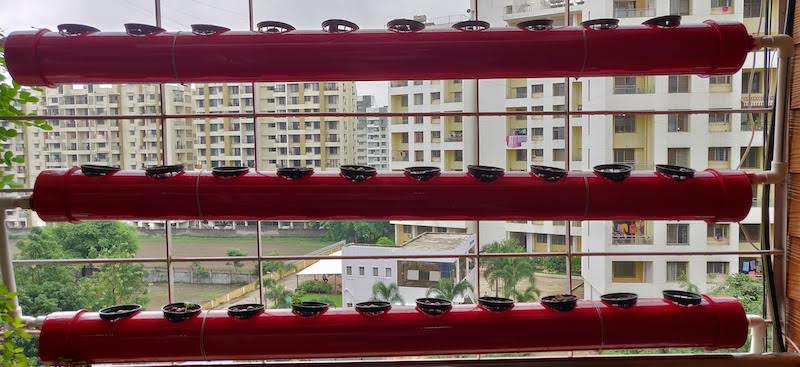
The setup with 4 rows and 40 plant units
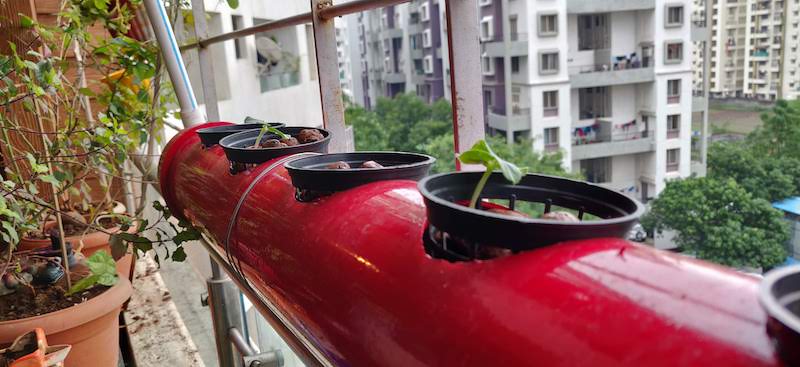
The first sproute from the above setup
Why Hydroponics
-
In Soil the plants also fight with microbes, pest and other plats. Also soil is harder to penetrate so roots will be stronger, whereas in case of hydroponics the plants are given nutrients through water in easier form. Roots are generally then lighter and thinner - but that means they don’t have to fight for resources with others.
-
In soil out of 1 Litre only 10-20 ml is absorbed which is a huge waste of water.
-
In Hydroponics they are in a way spoonfed all nutrients.
-
Before planting the soil is turned upside down - this helps in absorbing oxygen. In case of hydroponics there are multiple ways to “oxygenate” water (Also called dissolved oxygen) but simplest is let water fall from a small height into tank and it will absorb the O2 from air.
-
70% faster growth in hydro also 3 times more produce in best case for equivalent plant.
-
Pest - 75 % are soil based and others are 25% and in case of Hydroponics we avoid a majority of pests thus making lives of plants easier.
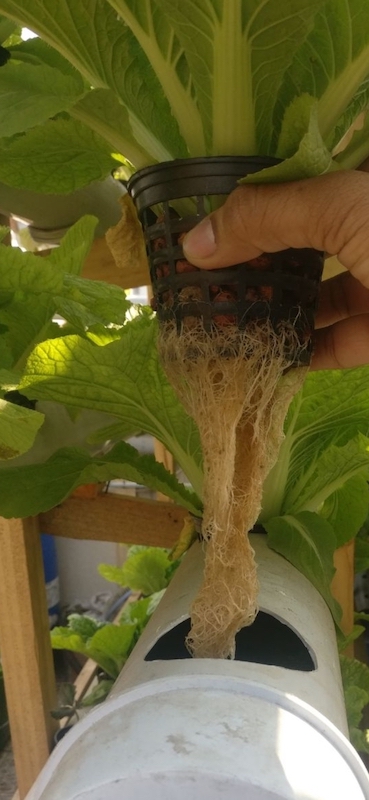
Roots are not strong because they don’t have to work against soil.
Caution
- Many online forums have tremendous information and opinions. Take everything with a pinch of salt.
- What is written online may have worked for a large industrial house - but may not be needed at all for you for ex. continuously measuring Ph, PPM etc.
- There are many snakeoil sellers - ignore all advice. Follow simple things and experiment.
Hydroponics Techniques
Nutrient Film technique
NFT/nutrient film technique, in which nutrition is passed from a central nervous system. Channels (PVC pipes) are used to build a system. Go for upvc - which is virgin and branded one. don’t go for recycled. instead of channels pvc pipes will work. The outlets and inlets are at middle/raised not at bottom so that even if power goes off for some time, the water stays in pipes.
If you let water fall from a bit high then the oxygen dissolves - so at channel inlet the pipe is a bit high (the water falls and generates oxygen) and final outlet the water falls from a bit high - oxygenation happens. You also dont need air pumps to add oxygen in water.
Use gravity to let water flow through channels so you can optimize the pump side. Also bigger plant makes sure that nutrient strength is high and also don’t need to worry about PPM or TDS. In commercial farms you might need - nutrients injector etc. for super large scale (larg meaning 10s of acre)
PPM is parts per million, TDS total dissolved salt. Ph goes high if tds goes low. but if tds goes high, ph may not go low.
Israel companies have built software for monitoring system. Some people flow water horizontal vs. vertical. amount of light required will be higher in horizontal.
Manual pollination - has to be done in indoor setup (In nature bees take care of this). flowers are of male and female type. for cucumbers both are different flowers. in case of tomatoes - the top part is male and bottom is female
Deep Water Culture (DWC), Kratky method and Wick Systems
Can be done in boxes, buckets, or in wood too. The temperature of water is good between 25-28 degree c. If you are doing commercially - then keep it underground or use jute to keep it cooler. Hot water makes the nutrients ionically more charged. In hotter temperature, put more water compared to nutrients, and in cool water put less water. Use matka or similar thing for cooling water.
In oxygen based DWC, you don’t have to worry about higher level of water. less frequency of water is needed. But in kratky method - the water should be maintained to have air available at top. roots are also exposed to water. In oxygenation based dwc, the yields are higher. Wick system is similar to diya - the diya has oil and a wick and wick absorbs water for diya.
In home setup, don’t mix greens and other types. in commercial even dont mix greens.
NFT great for greens and strawberries, DWC for flowers and fruits
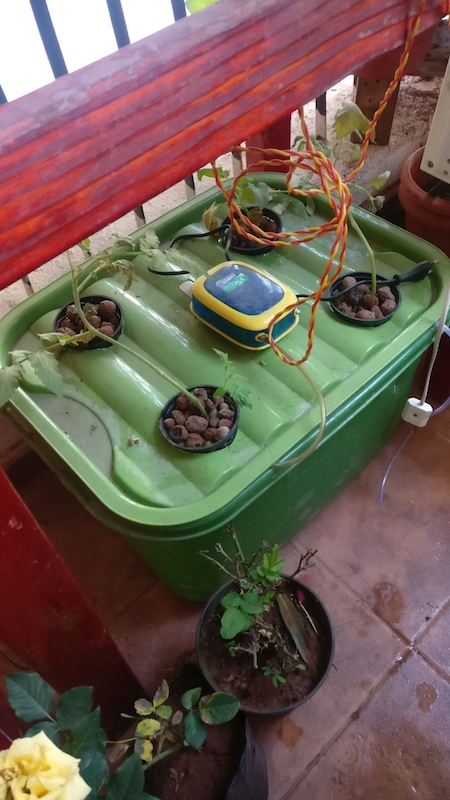
Vertical Systems
Vertical system - have a bigger pipe so that in given circumference - you can have more plants. Might need a bigger motor for multiple vertical pipes. vertical is great for space saving but other tradeoffs exist such as you can not power off the pump. Shower used in vertical tower:
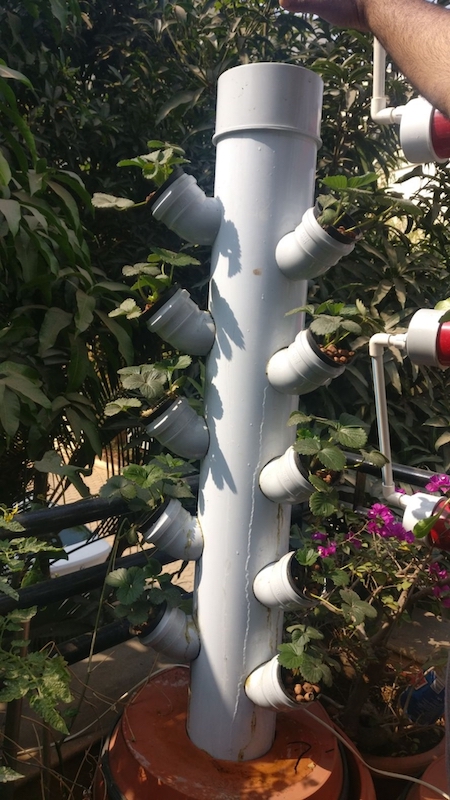
Dutch/Bato System
One option is grow media inside and the plant thrives - great for fruiting. drip water is used. Dutch gives more space for roots. the cover can be drilled to hold plants
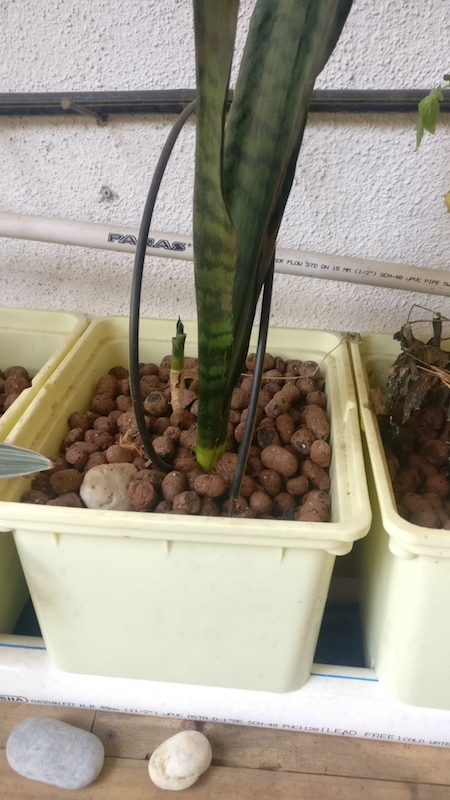
Ebb and flow
Fill tank and once it reaches a point. so media is let’s say 3 inch then water should be till 3 inch - and then you drain entire water. this process wets the media and also adds oxygen.
Run to waste
Put nutrients in a container, whatever it absorbs it does and then rest of it comes out. you can grow things like banana and things. the coco pit is used as a base. in a day once or two go waste so to speak. In grow media there is possibility of growth of nutrients/salt and it becomes white. you should use furtigation (only water) and irrigation (water+ nutrients) alternate. or once a week futigation and so on.
Aeroponics
In dwc box itself you setup sprays, you don’t have water but foggers or spray - you need a pump etc. small opening of spray gets blocked and maintenance high.
Aquaponics
Using fish. main business should be fish and plant as side product. You also need microbes and iron to break amonia from fish poop into nitrate. It is also succceptible to infection and fish die! Also filters and maintenance is super costly. in Hydroponics - 1/2mg or 1/2ml per litter of nutrients are needed.
Stages of a plant
- Seed stage
- Germination
- Sprouting
- Vegetative state
- Flowering and Fruiting
- Death of the plant
In the following paragraphs the above process is discussed loosely along with related items.
Seed itself does not need any nutrients. In hydro we avoid as much as possible the soil based roots - as many roots need to be cleaned and also go in a state of shock. As soon as sprouting - bring in under sun. But media should not dry completely. or put in sun for half the day. Putting in sun hardens them - as sun makes them stronger. After this stage you can put in the system and start germination. Above thing takes about two weeks and can be done in trays - as we cab optimise use of system.
you can take a stem from an existing plant and then root it somewhere else so the whole process of germination and all is avoided.
Commercial - you cut the plant sooner.
Death - the place for hydro has to be cleaner and safer than the soil based one.
Pest - 75 % are soil and others are 25% so the site should br always away from the soil or farm. Barren land with water is best. For pest control - use neem oil in water. Also milk - spray on plants, any milk will do.
Grow Media
Used for early germination and sprouting. Media for germination: sponge dont use as it will retain lile 80% water, rock wool retains only 40% water. Dip in water and then let it drain, then add seeds. then cover for 2/3 days and finally let it be in sun.
Rock Wool
Grow media should not hold more than 40% of water. these kubes are 2rs reach. Also since you don’t touch roots - there is no chance of root shock
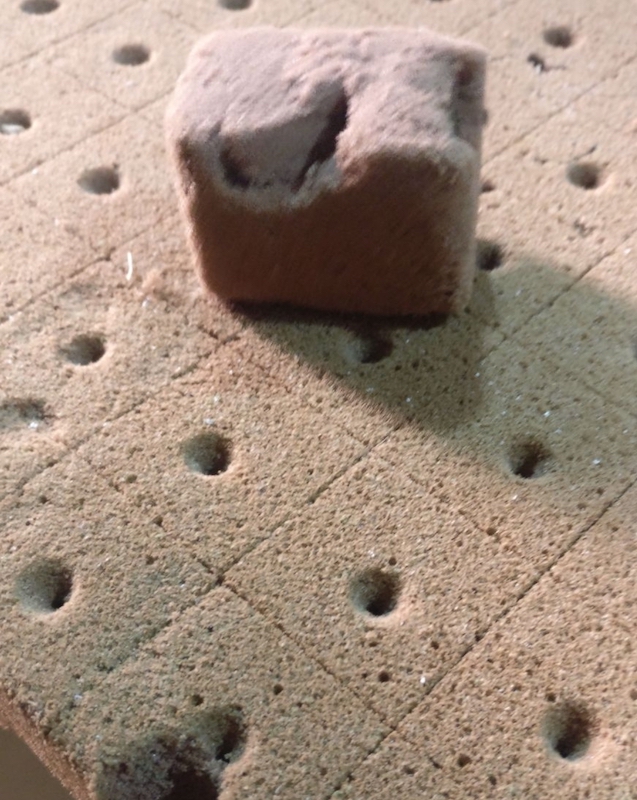
Lacca balls /hydrotrones
Is another kind of grow media. you get in litters. Enough of four cups of 3 inch. try not using smaller than 3 inch cups. lacca balls cost 40-80 rs a liter. the more brown and light they’re are better they are. All these are neutral media and don’t affect the ph of water.
- rock wool (expensive)
- once germination done, drop into a cup:(3 inch)
- There are other grow medias like pebbels, sand, River pebbles, rice hulls, hydrogel,
- The next is perilite and is a good replacement for coco pit
Nutrients
- Macro (measured in milli gram)
- primary(order matters)
- n, p, k nitrate, phospate, pottasium
- primary(order matters)
- Secondary (order doesn’t matter) calcium, magnesiums, sulphur
- Micro (measured in micro gram) copper, iron, mangenese, zinc, mollabedenium
- Also can have silica, chlorine (but are not added)
- Primary macro - each category has a requirement. there is a median range which suits early stage, but in fruiting stage each one has their own needs.
- Nutrient need vary from seedling to plant (profile)
- Strength is not only mg, but ppm.
- Tomato needs 19% nitrogen and 220ppm nitrogen (both are different)
how to translate this intro dosage?
- Pottasium Nitrate
- Calcium Nitrate
- master blend 4-18-38
- all nutrients are at peak level, so start with let’s say 1g and then add more
brands for nutrients
- general hydroponics
- advanced nutrients
CF is conductivity factor, EC is electrical conductivity but need not worry about in small setups. only care for ppm/tds and ph, again ph varies over lifecycle
- smd 5050 for indoor lighting of plants
- grow light as well
Polyhouse
For maintaining a consistent environment
Commercial aspects
- Start small and slow. There is a lot to process
- Owning end customer in beginning is critical, aggregators will eat all the profit. It has to be B2C through least middleman. Own the distribution.
Companies in the space
Reference Photos
A seed after germination and before being transferred to system
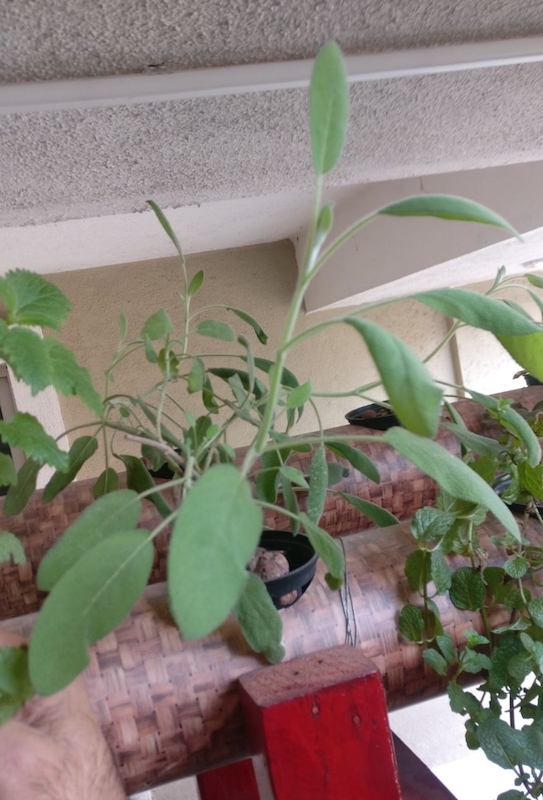
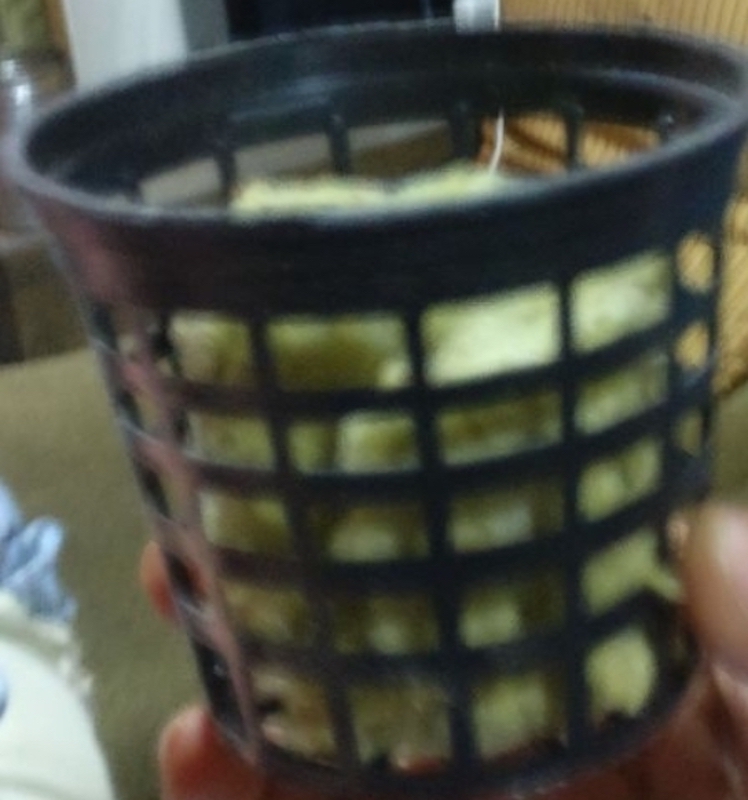
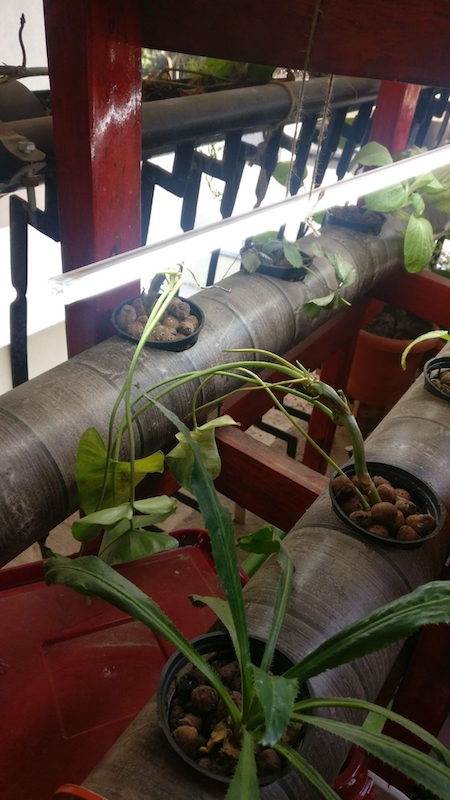
A mint leave from a Hydroponic plant, tastes very crisp and flavorful
The cover used in the Dutch/Bato system
The Water shower used in a vertical tower system
For testing water quality
